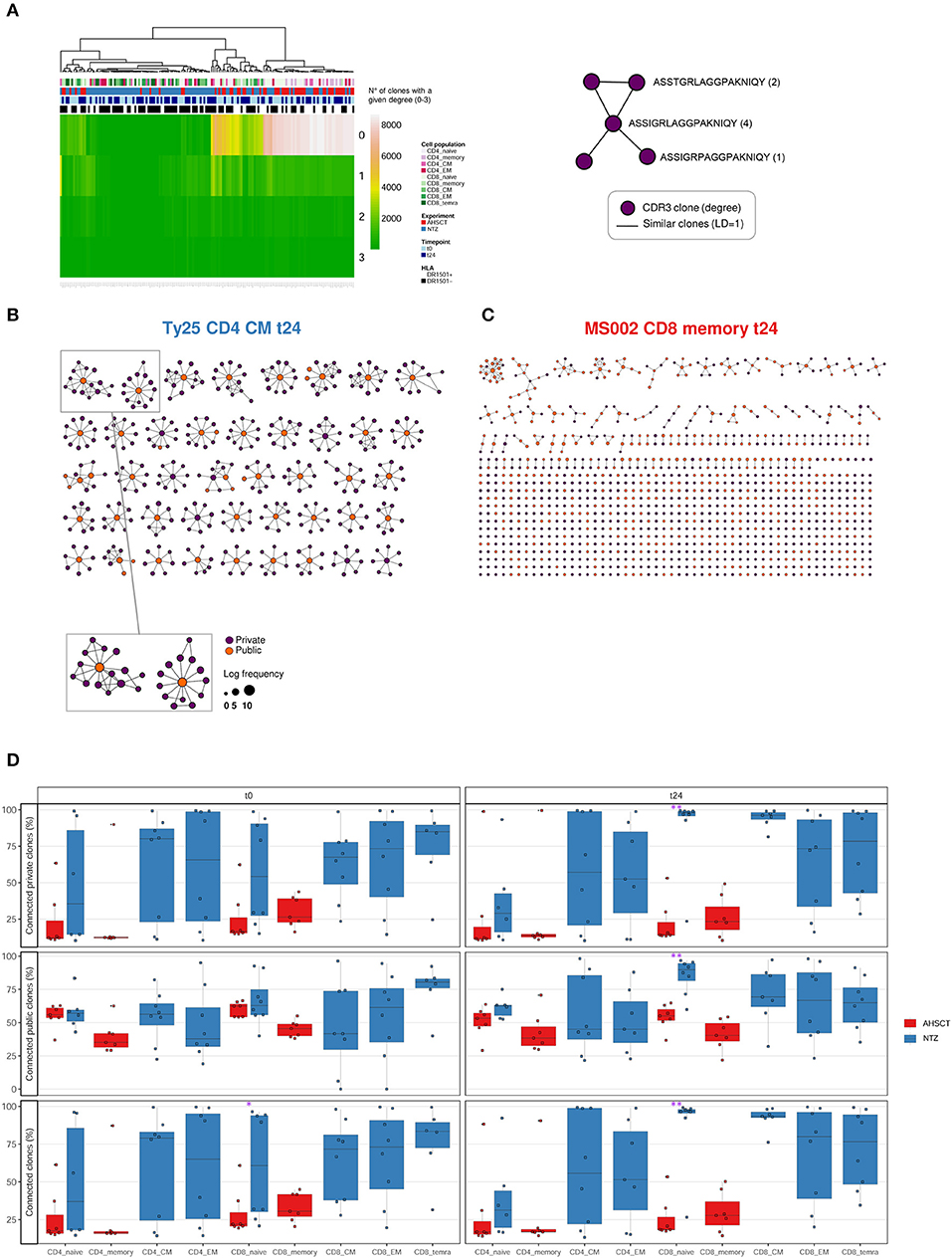
falciparum repetitive interspersed families of polypeptides (RIFINs)-variant surface antigens. Both LAIR1 and LILRB1 encode receptors that bind to P. The LAIR1 and LILRB1 genes are located outside the IGH locus, yet templated insertions of LAIR1 and LILRB1 sequences were found to be introduced into rearranged IGH genes by various modalities. The findings of LAIR1 and LILRB1 gene sequences in rearranged BCRs in malaria-infected patients and also healthy individuals suggest that such a mechanism indeed is operative. It is conceivable that genes outside the main Ig loci can also contribute to BCR formation. Such orphon Ig genes are generally perceived to be non-functional and have been described as pseudogenes or open-reading frames (ORFs). Apart from the heavy, kappa and lambda loci, a number of Ig genes can also be found in clusters or alone on other human chromosomes (chr1, chr2, chr 8, chr 9, chr10, chr 15, chr16, chr18, chr21, chr22, chrY). The heavy chain locus is located on chr14 (14q32.33), the kappa chain locus is located on chr2 (2p11.2) and the lambda chain locus is located on chr22 (22q11.2) (Fig. In humans, the genes encoding BCRs and antibodies are located on Ig loci found on three chromosomes (chr). The repertoire of a specific B-cell population can be studied separately by sorting the target population for example, sorting naive B cells allows the exploration of a naive BCR repertoire. For a naive B cell to become activated, it needs to bind an antigen and the activated B cell can then give rise to effector B cells and memory B cells. The BCR of a naive B cell is in its germline configuration without any somatic hypermutation. Each B cell has its unique BCR and its specificity is determined by heavy and light chain pairing, V(D)J recombination, combinatorial and junctional diversity and somatic hypermutation. While the TCR only exists as a membrane-bound form, the antigen-binding component of BCR can be produced also as water-soluble Ig molecules – antibodies – that exert effector functions in extracellular fluids (serum, mucosa). BCRs may further diversify by somatic hypermutation, which introduces point mutations in certain hotspots. Although the majority of rearranged Ig sequences contain only one D gene segment, VDDJ recombination has also been reported. Note that D gene segments are only present in the heavy chain locus and are lacking in the kappa and lambda light chain loci. Immune repertoire diversity is mainly obtained by somatic gene rearrangements, so-called VDJ recombination, where one variable (V), one diversity (D) and one joining (J) gene segment combine in a supposedly stochastic fashion. The collection of BCRs (or TCRs) in an individual is called the BCR (or TCR) repertoire. To be able to recognise the vast plethora of existing antigens, an immense diversity of both BCRs and TCRs is required. Similarly, we refer to the TCR as the antigen-binding receptor without the CD3 co-receptor. Whereas functionality of a BCR is dependent on complex formation with the CD79a/b co-receptor, in this review, we refer to BCR as the antigen-binding, cell-surface anchored immunoglobulin without this co-receptor. Both types of adaptive immune cells recognise antigenic determinants by specific receptors – the B-cell receptor (BCR) and the T-cell receptor (TCR).

Adaptive immune responses carried out by B and T cells are central in the body’s fight against pathogens, and they are also implicated in autoimmune diseases.


 0 kommentar(er)
0 kommentar(er)
